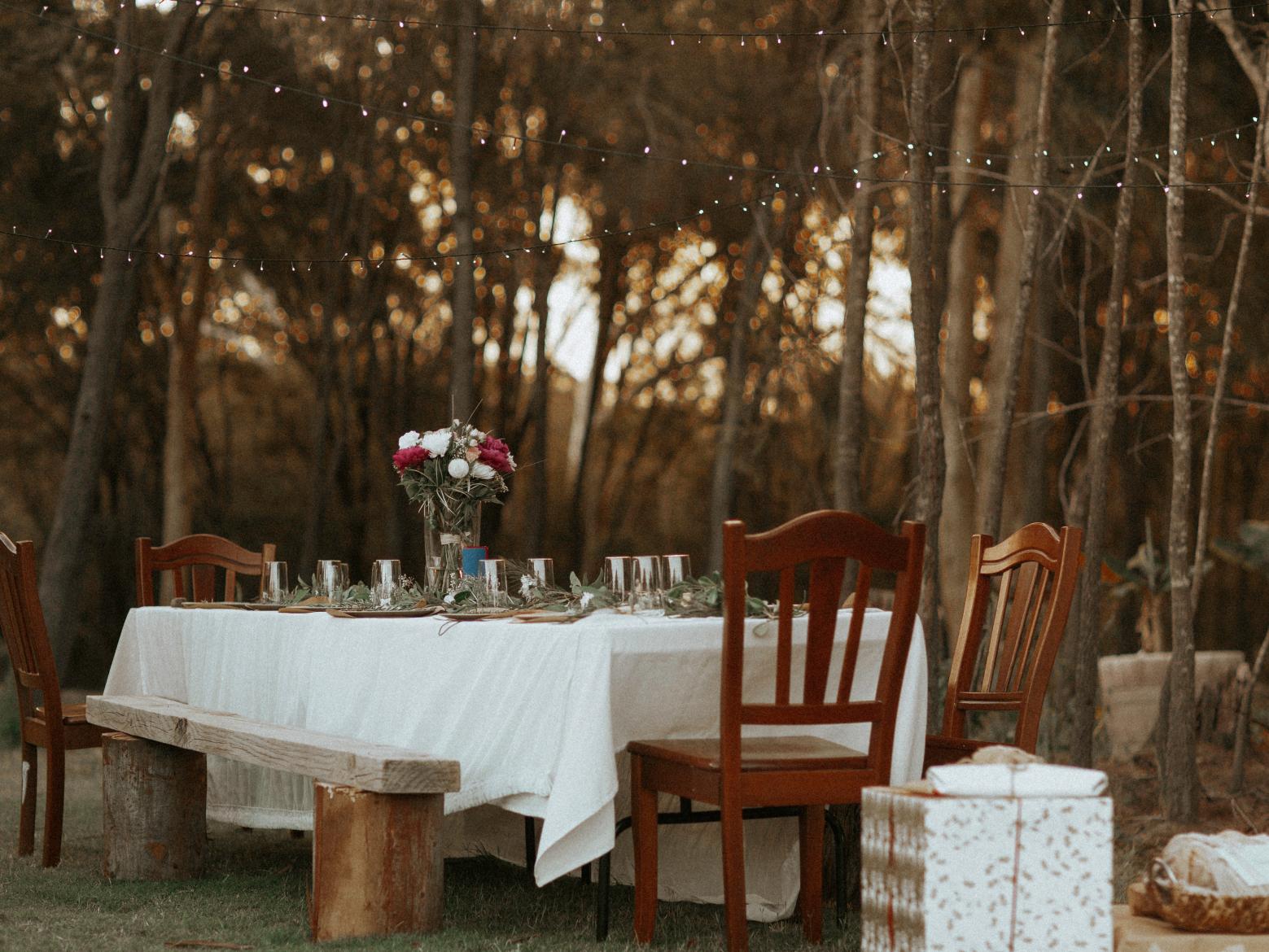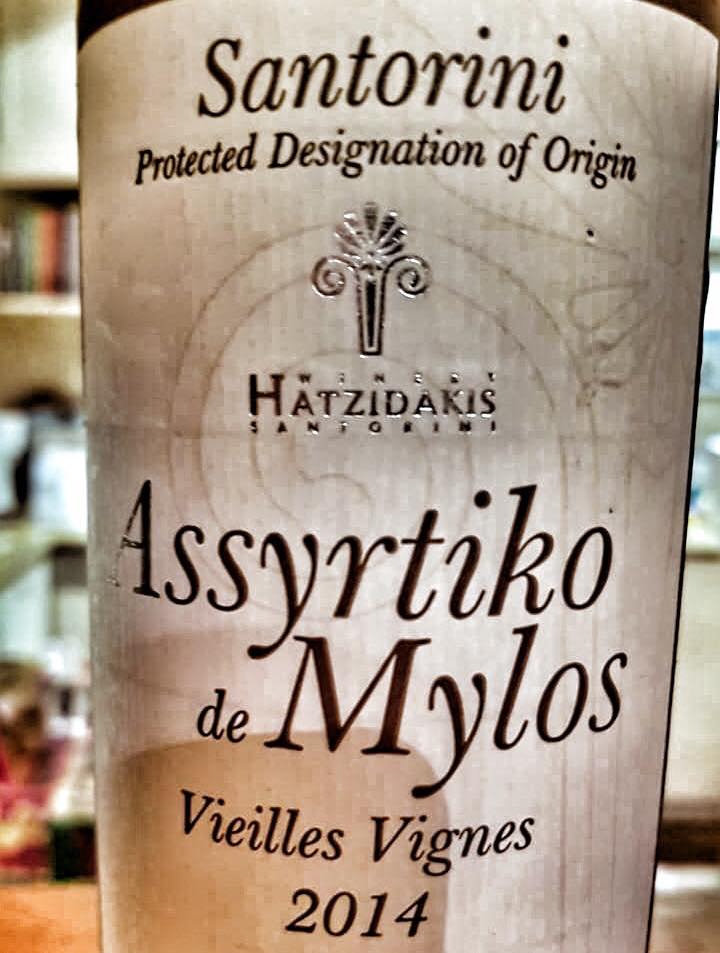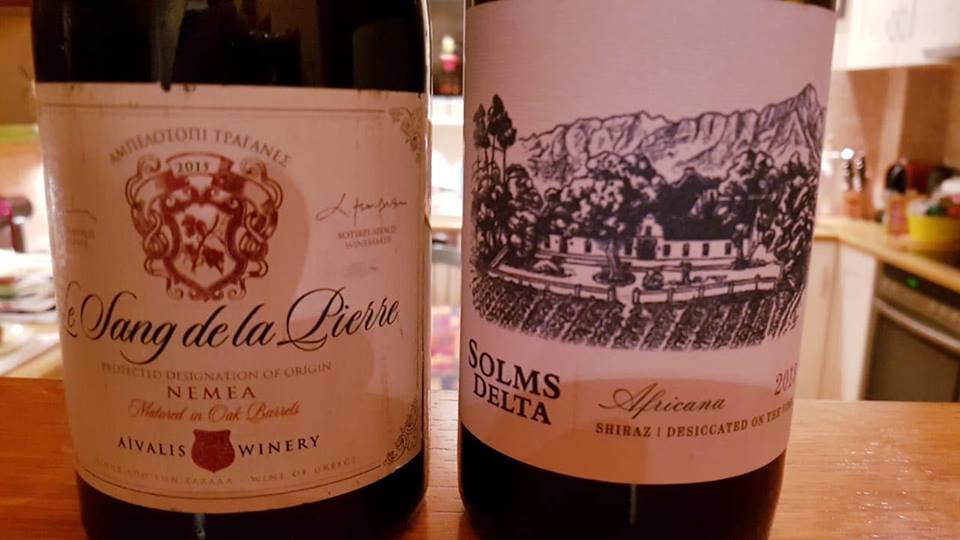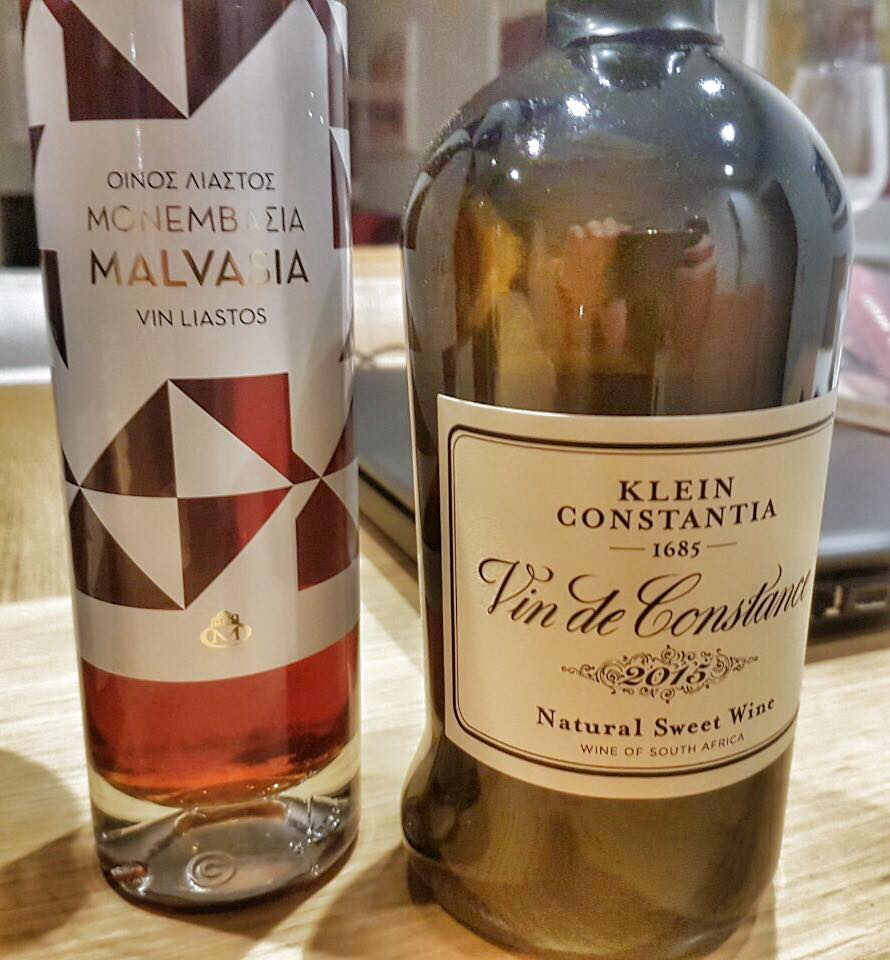Wine, wine.... whine! Christmas Galore by Olga Antoniadou
I’m one of those people that love/hate Christmas. I love the fact that I spend time with friends and family, I love the atmosphere, I love the decorations, I love the lights, I love the cards (I still exchange cards with friends!!), I love the time off, I love the food, I love the sweets, I love the champagnes…..I hate the food, I hate the sweets, I hate the champagnes….. I’m not crazy. Yet, that is. It’s just… I woefully watch my indisputably round ‘figure’ grow rounder and rounder as we go from lunch to dinner, to brunch and over again. And there’s always a feast awaiting, with wine that has been waiting in the cabinet for this very day and which is an utter sin to refuse. And we absolutely enjoy ourselves, and then go home and promise ourselves we will not indulge in treats of the sort again. Full stop. Till tomorrow, usually. Oh dear!
Can you honestly tell me you would refuse a Matarocchio 2011 or a Clos Des Lambrays Grand Cru 2014? An Assyrtiko de Mylos 2014? An Economou Assyrtiko 2012? Let me try and take it from the beginning. My ‘wine friends’, as I call them, because we met when we were taking our WSET courses, are definitely the hardest to refuse, when it comes to tasting wines. We have a kind of informal agreement that I hold a pre-Christmas dinner for the gang. This year we had pre-Christmas, pre-New Years, New Year’s Eve (it gets worse by the year) at my home, a friend’s restaurant and another friend’s home. These dinners were besides the traditional family dinner of Christmas Eve, lunch on Christmas Day, Boxing Day, New Year’s Day (sigh!).
During these holidays I tasted numerous good wines at our lunches and dinners. Far too many to write about, but I thought it could be fun to compare some of the Greek wines to their more famous counterparts from around the world.
I will start off with bubblies, as they feature at this time of the year. A sparkling wine from the northern part of Greece, Karanika Brut Cuvée Prestige and Champagne J-M Seleque, Cuvée Solessence Brut Nature. The first is made of Assyrtiko and Xinomavro (so in a way it retains the backbone of champagne which combines a high acid, rich white with a fragrant red), the second is made of 50% Chardonnay, 40% Pinot Meunier, 10% Pinot Noir. The Karanika spends 24 months on the lees, whereas the Seleque spends 48 months on the lees. The Karanika was lighter, elegant, refreshing, with aromas reminiscent of biscuits, lime, pear, and displayed a nutty finish. The Solessence was more intense, with aromas of toasted nuts and bread which is baking in the oven. Slightly floral, with citrus notes, structured and savoury. The Karanika had more of an edge to it, whereas the Solessence was more balanced. For the Karanika I would definitely need a bite to eat, the Solessence I would enjoy both with and without food.
Assyrtiko de Mylos 2014, by the late Charidimos Hatzidakis, was drunk against a Blanck Schlossberg Grand Crus Riesling 2014. In a blind tasting I might well have thought this Assyrtiko to be a Riesling. Bold, full, complex, amazingly mineral with aromas reminiscent of petrol and flint, lemon and green apple, invigorating acidity, and never-ending length. Not a wine for the faint-hearted. The Blank Riesling was more floral and fruity than the Assyrtiko, with the petrol and flint definitely present, and lovely acidity. Complex, with an amazing finish. This was a battle of the giants. Both were drunk too young, but thoroughly enjoyed, and struck quite a lively conversation about the potential of Greek wines.
I had the Africana 2013 Solms Delta and Sang de la Pierre 2015 Aivalis with Greek black pig cooked in a rich tomato and red wine sauce. Both wines are made of grapes desiccated on the vine. The Africana is made of Shiraz, the Sang de la Pierre is made of Agiorgitiko. I was blown away by the similarity the two wines showed. Both wines are extremely concentrated, with present but silky tannins, and good acidity. The Africana had a nose of prunes, cherries, black currant and liquorice, with lovely black pepper,and a more herbal character on the palate. The Agiorgitiko showed a nose of sundried black fruit, floral notes, sweet spices, pepper, dark chocolate and an earthy character. Both had a long aftertaste. Both wines paired beautifully with the food, and their lushness stood beautifully against the rich tomato sauce. Two wineries I am sentimentally attached to, for different reasons to each, that made me proud to have offered them to my friends.
The last two wines I will be referring to are the legendary Vin de Constance 2015 from the Klein Constantia Winery and the Malvasia 2010 from the Monemvasia Winery. Despite the fact that I consider myself a South African-Greek, and that I've made an immense effort to buy and taste South African wines, I had never tasted the Vin de Constance, until this New Year's Eve. One of my wine friends, Giorgos, was kind enough to share these two wines with us at his home (after a long list of other lovely wines). I thought “mmm, this new year is quite definitely starting well” and as you probably know the 2015 has caused a major stir. According to Tim Atkin MW “.....one of the greatest ever vintages....” and Greg Sherwood MW names his article “Tasting Vin de Constance 2015 at the London Launch – Moving Greatness to the Next Level”. It was every bit as exceptional as they describe it to be. Fresh, refined, not at all “sticky”, with aromas of citrus and orange peel, apricot marmalade, honeycomb and spice. The aftertaste lingered on forever.
I wondered if the Malvasia could stand up to such a challenge. A wine made of the indigenous varieties Monemvasia, Assyrtiko, Kydonitsa and Asproudes and which I normally think of as very well crafted. The 2010 is the first year it was officially bottled, after quite a few years of research and experimentation. Beautifully spicy, with aromas of citrus fruits, raisin, honey and mocha, and enough acidity to keep it fresh tasting. Long aftertaste. In all honesty, although the Vin de Constance was mind-blowing, the Monemvasia-Malvasia held its place superbly.
Deep inside me I long to see the efforts of the producers from around Greece recognized. It has almost become an obsession of mine, whenever I taste a renowned wine, to try and think of a Greek wine (if there is one) that could stand up to it. Unfortunately, this involves many tastings, many dinners, lots of fun and …... this beautiful round figure!
More articles by Olga here
About Olga
A South-African Greek who has practised psychiatry and analytic therapy for the greater part of her career, but is also in love with wine. She attained the WSET Level 3 qualification and is currently trying to blend these seemingly disparate interests. Writing about the different brews and the people behind them is her newfound interest. She will be contributing to the site on a monthly basis.







